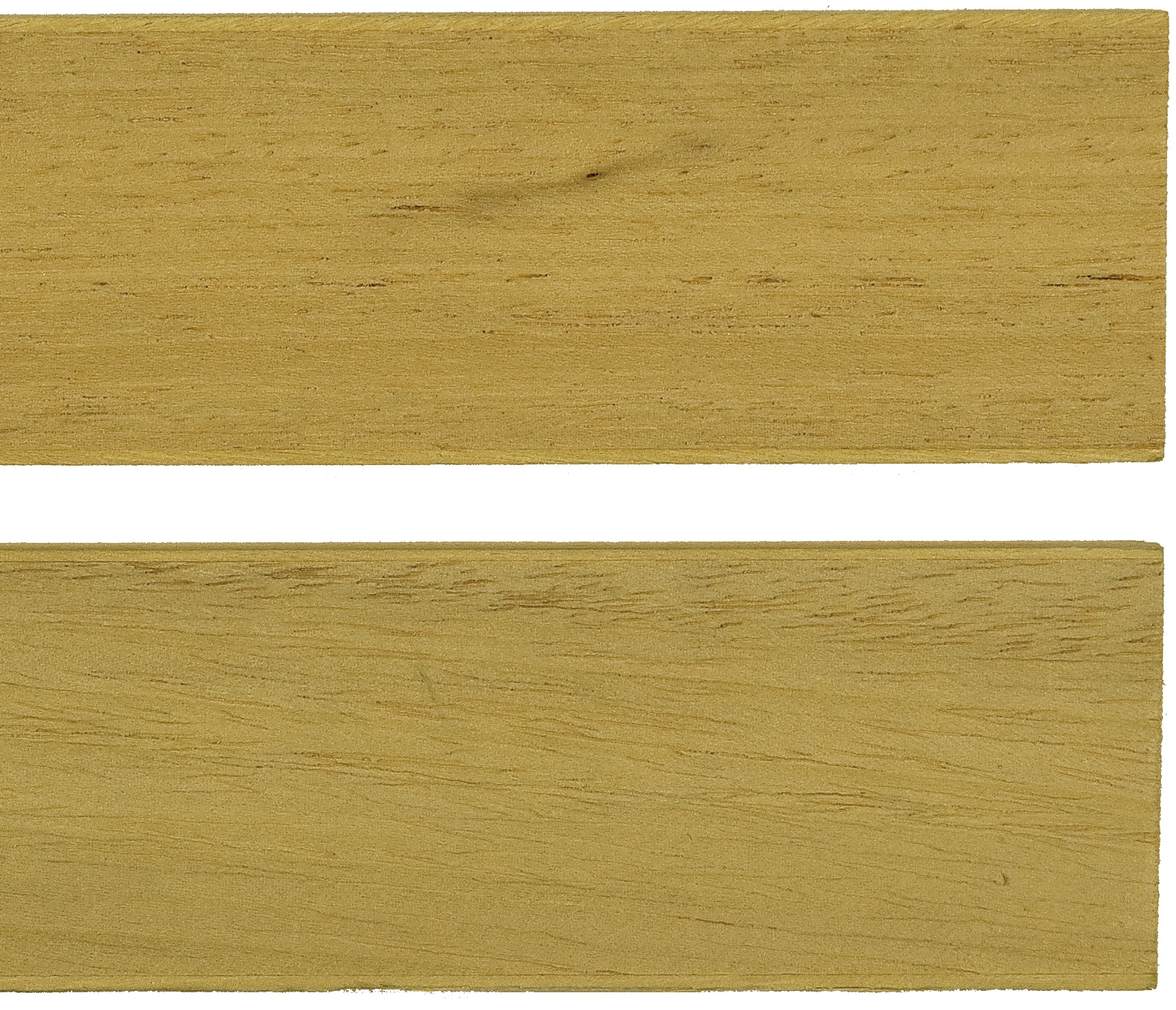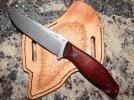Hello everybody,
I'm sorry for dumb question,but I would like to know from what material is dymalux (cocobolo color) made of?
I have custom made handgun grips made out of it so I wanted to know a bit more about material used for them.
Is it the real wood,or does it at least contain some of the real wood materials,or is it made out of materials like resin?
Here is what I found on one site that sell various materials for grip makers:
''Dymalux is a natural wood material made with layers of dyed birch wood veneers laminated together and infused with resin.''
I know it says it's natural wood,but from what I read on forum,some members said it's just dyed resin that imitates wood,so I'm a bit confused.
So,can somebody confirm is it made out of real wood or not?
Kind regards,
Petar
I'm sorry for dumb question,but I would like to know from what material is dymalux (cocobolo color) made of?
I have custom made handgun grips made out of it so I wanted to know a bit more about material used for them.
Is it the real wood,or does it at least contain some of the real wood materials,or is it made out of materials like resin?
Here is what I found on one site that sell various materials for grip makers:
''Dymalux is a natural wood material made with layers of dyed birch wood veneers laminated together and infused with resin.''
I know it says it's natural wood,but from what I read on forum,some members said it's just dyed resin that imitates wood,so I'm a bit confused.
So,can somebody confirm is it made out of real wood or not?
Kind regards,
Petar


